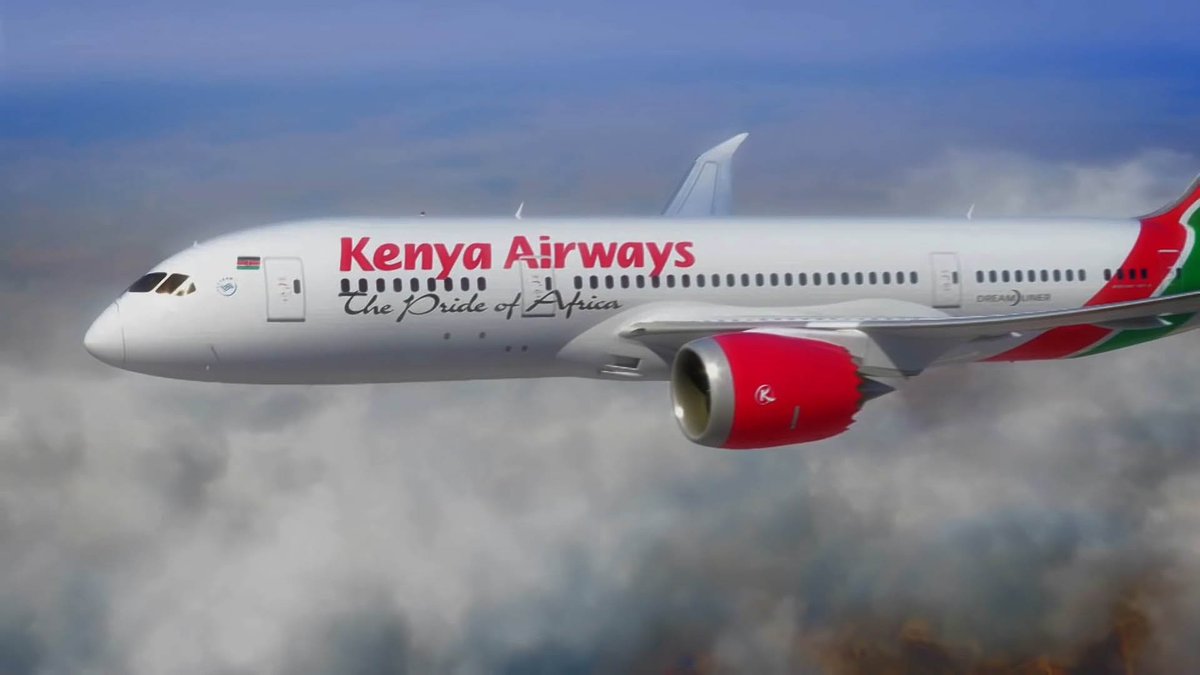The capacity of the Port of Dar es Salaam will be increased to 25 million tons over the next seven years following the World Bank Board of Executive Directors’ approval of a $345 million credit and a $12 million grant to the new Dar es Salaam Maritime Gateway Project (DSMGP). The investments in the Port will also improve waiting time to berth from 80 hours to 30 hours as well as overall productivity.
“The Port of Dar es Salaam is vital for the economies of Tanzania and neighboring countries,” said Bella Bird, World Bank Country Director for Tanzania who also oversees Malawi, Burundi and Somalia. “Enhancing its operational potential will boost trade and job creation across the region, and reduce the current cost of $200-400 for each additional day of delay for a single consignment.”
The DSMGP is to be implemented as part of a larger ongoing investment program for the overall development of the Port of Dar es Salaam with the support of several development partners. The Government of Tanzania is contributing about $63 million through Tanzania Ports Authority, while Trade Mark East Africa is supporting improvements in the spatial and operational efficiency of the port currently, through the rehabilitation of access and egress roads and demolition and relocation of sheds.
The United Kingdom through its Department for International Development (DFID) are also contributing a $12 million Grant. This support will co-finance the activities in the DSMGP, and further support is available for capacity building programs in institutions like Bandari College, the vocational training facility run by TPA, the Dar Maritime Institute, and the College of Engineering and Technology at the University of Dar es Salaam.
“TradeMark East Africa commends the World Bank and the UK Government for providing this much needed investment to improve capacity and efficiency of the Port of Dar es Salaam. Funded by the UK Government through DFID, TradeMark East Africa has implemented a number of interventions at the Port over recent years including port access roads, feasibility studies for Berths 1 – 7, and the Port’s dredging studies to prepare for this major investment,” said John Ulanga, TradeMark East Africa Country Director.
The Port of Dar es Salaam currently has 11 berths, with seven of these dedicated to general cargo (including container, dry bulk, break bulk and RoRo operations) and four to container operations. The Port handled 13.8 million tons in 2016, up from 13.1 million tons in 2013, and 10.4 million tons in 2011, reflecting an average growth of 9 percent per year over the last five years. While recent numbers indicated a slowdown, the respite is likely to be short lived as projections for the long term suggest the Port’s volumes could double, from the current 14 million tons to 38 million tons by 2030, in an unconstrained scenario.
The DSMGP has two main components: the improvements to the physical infrastructure which involve the deepening and strengthening of Berths 1 to 11; the construction of a new multipurpose berth at Gerezani Creek; the deepening and widening of the entrance channel and turning basin; and the improvement of rail linkages and platform in the port.
The institutional strengthening component will support the restructuring of Tanzania Ports Authority (TPA) and further develop its capacity to act as a landlord, manager and developer of the ports in Tanzania, whilst at the same time building capacity for future private sector participation in port operations.


